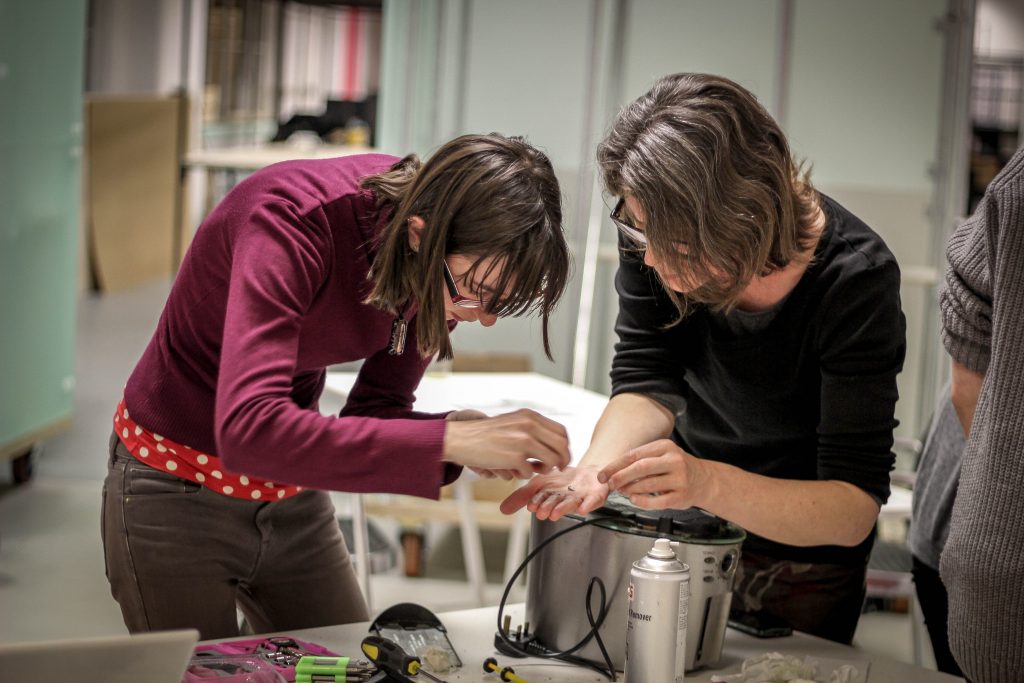Electrical and electronic products are increasingly hard to repair, not upgradeable and often unsupported by manufacturers beyond their warranty period. As we produce more and more of these items, global levels of electronic waste are escalating beyond our control, causing huge amounts of environmental degradation and posing serious health risks to communities around the world.
Governments are beginning to notice the global urgency of this topic. The Right to Repair campaign in the United States began the push to require for manufacturers to release repair manuals to independent repairers and the general public – a fight that’s still far from being won.
The European Right to Repair Campaign was launched in 2019 to push for urgent European and national legislation removing key barriers to repair. The campaign demands product design for repairability; access for everyone to repair manuals and spare parts for all products; long term software and security updates.
However, the voice of concerned citizens and their discontent with the status quo are rarely part of these conversations. As organisations coordinating community repair events, we accumulate vast amounts of information from first-hand experience about recurrent faults and the challenges we face in repairing them. With the weight of evidence behind us, we can make our voices heard by legislators and provide evidence to Right to Repair campaigns.
Each item in our database represents a citizen who took hours out of their life to learn what went wrong with their device, and to learn how to fix it. This makes our data more powerful than any petition or online complaint.
Changing the way we make, support and repair products is a task that requires more than what any one organisation can do alone. By compiling insights from thousands of community repair events worldwide, we can build a case for more durable and repairable products that will be hard for manufacturers, designers and policy-makers to ignore.
